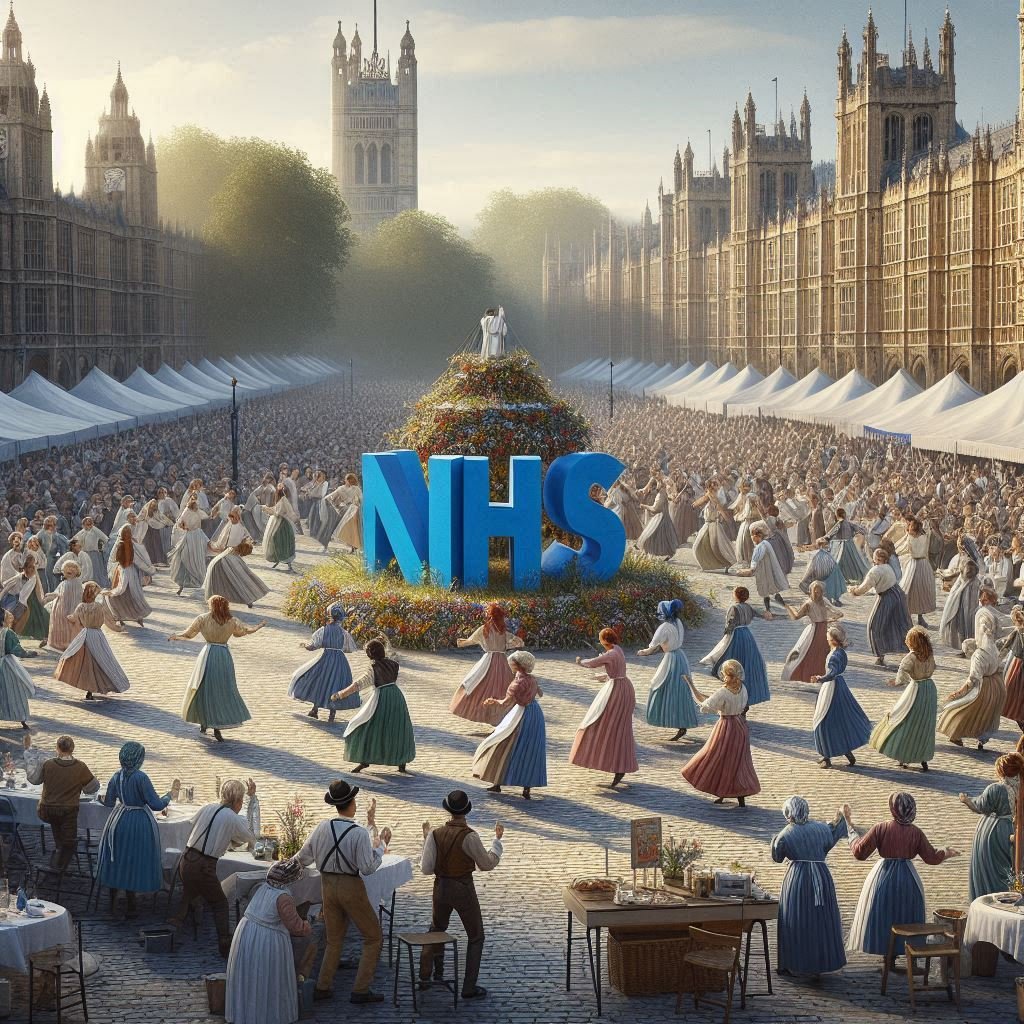NICE: exit the technocrat, enter the lobbyist?
SUGGESTED



The National Institute for Health and Clinical Excellence (NICE), which some label the government’s “drug rationing body”, recently barred an expensive liver cancer drug from being prescribed on the NHS. Patient advocacy groups called the decision “a scandal”.
In its ten years of existence, NICE has made a lot of enemies among pharmaceutical producers and patient groups. Rationing of healthcare was, of course, a reality long before NICE. But by making the process explicit, NICE provides a central focal point for critics – who, unfortunately, offer no better alternative.
Pharmaceutical companies, lobbying organisations close to them, and patient groups have frequently criticised NICE for the rigidity of its decision-making process. They urge NICE to become more “flexible” and “inclusive”, and to listen more closely to the views of “stakeholders” (i.e. themselves).
NICE’s decision making process looks roughly like this: the institute computes the number of additional life years that can be saved by introducing a new drug or other treatment. This figure is adjusted by a measure of the “quality” of life in these additional years, which yields NICE’s principal unit of account, the “Quality-Adjusted Life Year” (QALY). If a treatment costs substantially more than £30,000 per extra QALY (the “Incremental Cost-Effectiveness Ratio”, ICER), the institute will recommend it should not be available on the NHS.
The idea is to maximise the number of QALYs from a given healthcare budget. But such calculations can at best provide information on the average patient with average preferences. They cannot take account of individuality.
However, involving producers and advocacy groups will not inject additional information into the process. It is obvious which positions these “stakeholders” will take. They will argue that cost-effectiveness is all very well in general, but that the particular product they sell/need is a “special case” which deserves “special consideration”.
But when every treatment becomes a “special case”, we are back to square one again. Resources will then no longer go to the products with the best ICER, but to the products with the most vociferous advocates. Out of the frying pan, into the fire.
Patients need free choice between a range of coverage plans that differ in composition and extent. The decision about whether the “marginal pound” should be spent on new drugs, better hospital equipment, a bigger health workforce, or anything else, would then be made by patients themselves – not by politicians, technocrats, bureaucrats or providers.
3 thoughts on “NICE: exit the technocrat, enter the lobbyist?”
Comments are closed.




The issue here is all these organisations seek to work on behalf of patients – the consumer – rather than there being a direct relationship between producers and consumers. The issue for the reform of health care is therefore to create this kind of direct relationship.
A fairer system might be for NICE to allow the NHS to pay towards ‘banned’ treatments, up to a cost limit, and for patients to be allowed to pay the remainder. This would at least improve access to more expensive treatments in the absence of more radical reform. The cost limit could be adjusted downwards to ensure no extra burden on taxpayers.
Given the nature of the policy question – how to ration in a world where care is free at the point of use – something like NICE is the only credible solution. It has been widely admired worldwide, and most of the complaints about it, many completely ill-informed, are special pleading. Richard’s idea would in some ways be an improvement, but may not be a political runner.